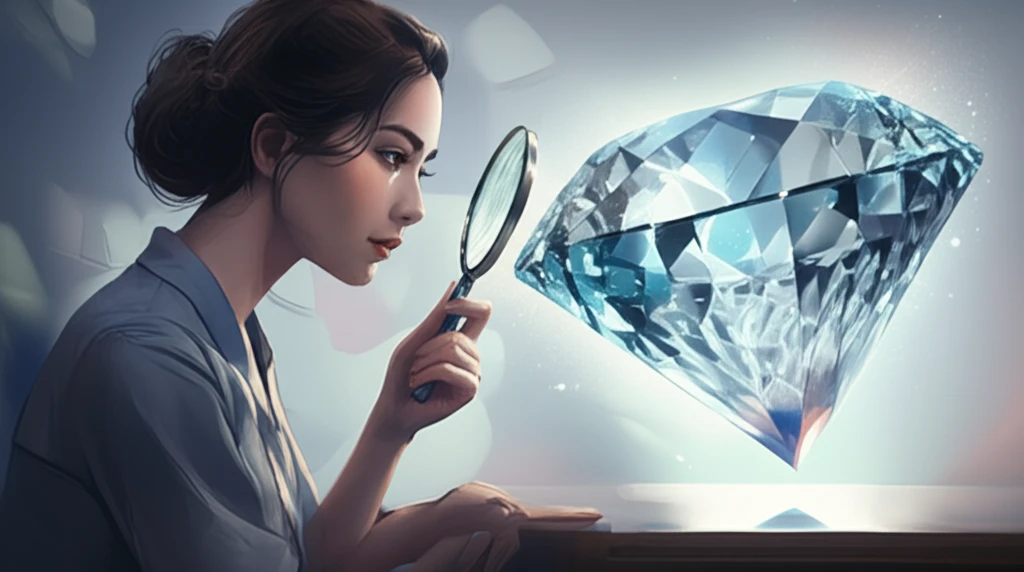
Decoding Diamond Decisions: A Modern Guide to Choosing the Perfect Gem
"Navigate the dazzling world of diamonds with confidence. Learn how to assess quality, understand brands, and make an informed investment."
Diamonds have captivated humanity for centuries, embodying luxury, commitment, and enduring beauty. More than just adornments, they represent significant investments, making the selection process a critical undertaking. With a market flooded with options, discerning buyers need clear guidance to navigate the complexities of diamond quality, branding, and value.
This article serves as your comprehensive guide to confidently choosing a diamond. We'll demystify the key characteristics that determine a diamond's worth, explore the role of brand reputation, and provide practical tools for making informed decisions. Whether you're seeking a timeless engagement ring or a statement piece, understanding these elements is crucial.
Our approach combines expert insights with modern analytical techniques, drawing from research in fuzzy logic and information theory. We'll present a simplified framework for evaluating diamonds based on factors like cut, color, clarity, and carat weight—the famous '4Cs'—while also considering the often-overlooked influence of branding and customer preferences.
Understanding the 4Cs: A Breakdown of Diamond Quality Factors

The Gemological Institute of America (GIA) established the 4Cs as the gold standard for evaluating diamonds. Each 'C' contributes uniquely to a diamond's overall beauty and value:
- Poor Cut: Light exits through the sides or bottom, reducing brilliance.
- Ideal Cut: Light reflects internally and exits through the top, maximizing brilliance.
- Symmetry and Polish: These are critical aspects of the cut grade.
Empowering Your Diamond Decision
Choosing a diamond is a deeply personal and significant decision. By understanding the 4Cs, considering brand reputation, and aligning your choice with your individual preferences and budget, you can confidently select a gem that will be cherished for generations. Remember, the most beautiful diamond is the one that resonates with you and symbolizes your unique story.
